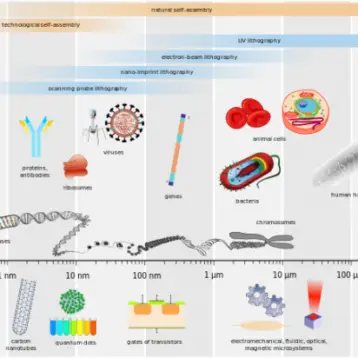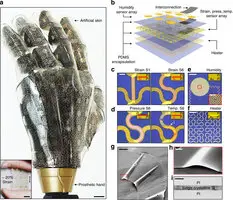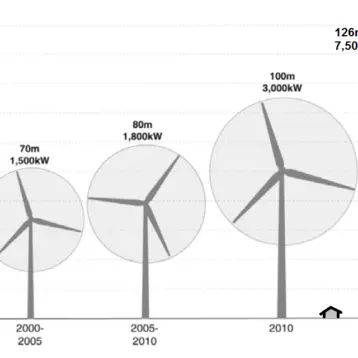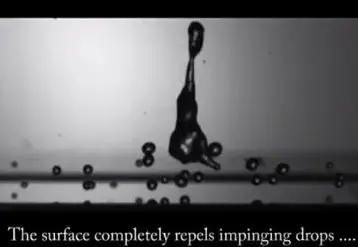Currently there are two basic problems associated with the use of hydrogen as a major fuel for transportation. Firstly, there is no cheap and clean way to produce large quantities of hydrogen. Secondly, even if a good production method will be found (based on solar energy for example) there is no simple, safe way of storing the hydrogen fuel. The recent work done by CNRS researchers in collaboration with colleagues from the UK and Spain might be an important step towards solving the storage problem.
There are currently several methods for storing hydrogen but so far adsorption in metals appeared to be too expensive. However, trapping hydrogen in porous materials is not only efficient (all the hydrogen adsorbed can be recovered) but cheap. What’s more, the cycle of hydrogen storage and release does not require any reactivation or regeneration of the material. Because of their low mass and high adsorption capacity, carbon-based nanostructures such as nanotubes could turn out to be excellent candidates as porous materials. However, carbon nanotubes have a major drawback: using them for storage is only possible at extremely low temperatures (below -196C), due to the weak interaction between hydrogen and carbon. This drawback restricts commercial applications of this method. For this reason the future possibility of storing hydrogen inside carbon-based porous materials is closely dependent upon the force of the interaction between hydrogen and carbon, and on how easily this force can be increased.
The researchers at CNRS and their colleagues have been studying the chemical bonds between hydrogen and a nano-metirial called carbon nanohorns. Nanohorns are materials which are two to three nanometers long. They are cone-shaped, and aggregate to form flower-shaped structures 80 to 100 nanometers in diameter which contain no metallic impurities. Since the tips of the cones are pointed, the researchers suspected that nanohorns might exhibit a stronger hydrogen-substrate interaction. By using high-resolution neutron spectroscopy, they obtained information about the interaction (mobility of the hydrogen, and the energies and geometry that characterize the hydrogen-nanohorn complex). Their results show that the interaction between hydrogen and nanohorns is far stronger than between carbon nanotubes and hydrogen. The findings suggest that carbon nanohorns are potentially suitable materials for the storage of hydrogen. Unfortunately, at this stage the high cost of manufacturing nanohorns is the only obstacle, but hopefully this might also be resolved in the future.
Another scientific development related to hydrogen fuel that TFOT recently covered was made by researchers at Purdue University in Indiana. The researchers developed a method that uses an aluminum alloy to extract hydrogen directly from water, thus eliminating the need for storing hydrogen altogether.









